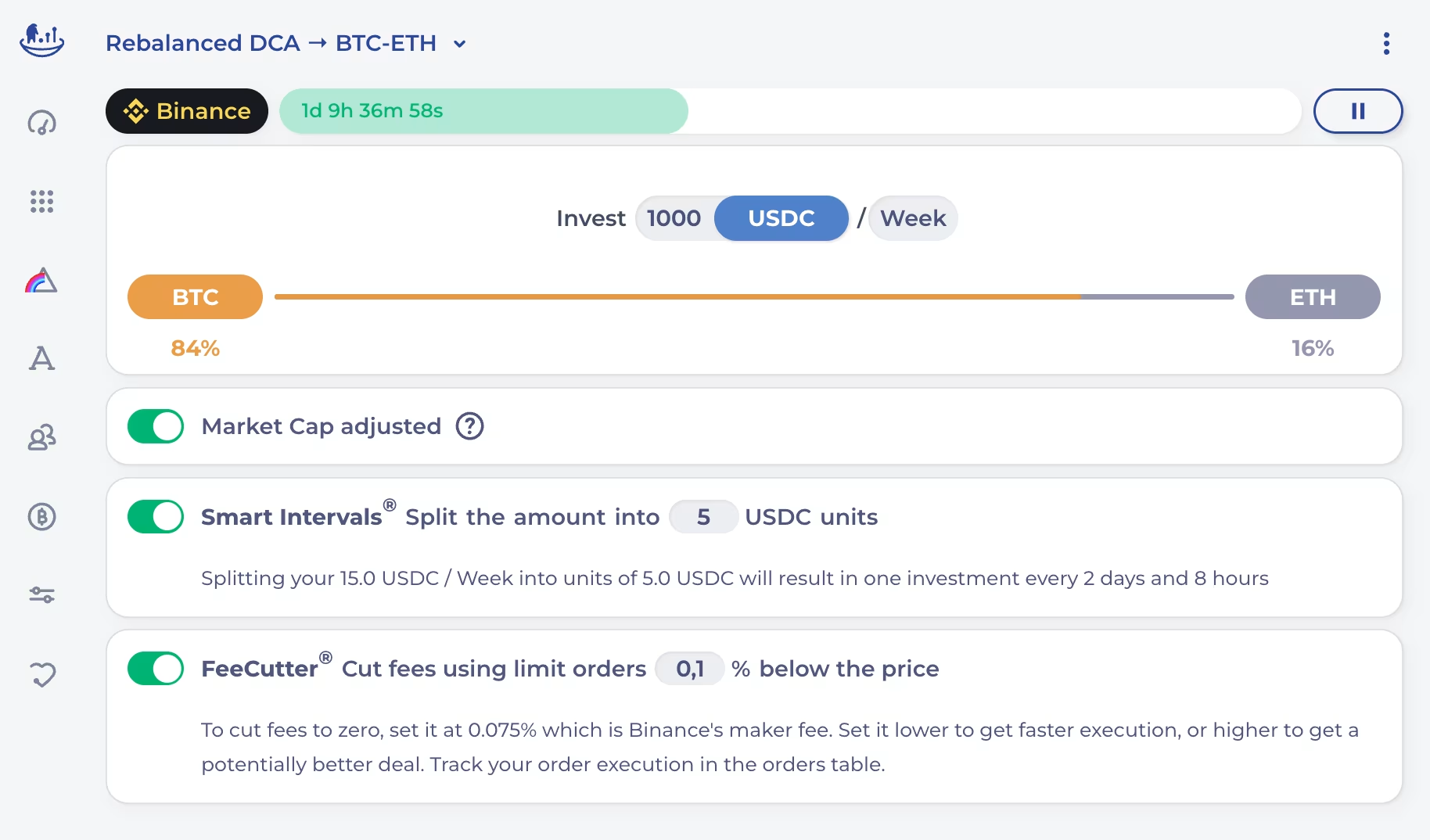In 1923, Standard Statistics Company set out to accomplish what seemed like an abstract goal: capture the entire U.S. market in a single number. Their weekly index of 233 stocks would eventually evolve into the S&P 500 in 1957, laying the groundwork for the market cap weighting revolution that transformed retail investing forever starting in the mid-seventies. wikipedia.org
The first index funds were often equally weighted. Jack Bogle's groundbreaking contribution came with the First Index Investment Trust (later renamed Vanguard 500 Index Fund), launched on August 31, 1976. This was the first market cap-weighted index mutual fund available to individual retail investors. Ridiculed by industry insiders as "un-American" and "a sure path to mediocrity," the fund initially raised only $11 million compared to expectations of $150 million. vanguard.com
Critics initially saw its meager growth as proof that Americans would never settle for "average" returns. But then the 1982 bull market arrived, and something remarkable happened. As stocks soared, Bogle's simple index fund suddenly wasn't looking foolish anymore—it was keeping pace with the market's climb while active managers stumbled trying to beat it.
Don't look for the needle in the haystack. Just buy the haystack!
— John C. Bogle
The approach's superiority became undeniable when Bogle's bold 1992 prediction came true: the Vanguard 500 Index Fund surpassed the famous Magellan Fund in 2000, crossing the $100 billion milestone in November 1999. By then, market cap weighting had evolved from Bogle's ridiculed experiment into the default solution for retail investing, with Vanguard facing extensive competition in a market it had created. cnbc.com
Fast forward to 2025: market cap-weighted index funds represent approximately 45% of total assets under management (AUM) across long-term mutual funds and ETFs in the US, with total AUM at ~$30 trillion. ici.org
Understanding Market Cap Weighting
What is Market Capitalization?
Market capitalization, or "market cap," is simply the total value of a stock or digital asset calculated by multiplying a single share/token price by the total number of tokens in circulation. If Apple has 15 billion shares trading at $200 each, its market cap is $3 trillion ($200 × 15 billion shares). Similarly, if Bitcoin has 19.8 million tokens trading at $120,000 each, its market cap is $2.38 trillion. This number represents what investors collectively believe the entire company or asset is worth at any given moment.
How Market Cap Weighting Works
In a market cap-weighted index, each asset's influence is proportional to its market cap. If the S&P 500 has a combined market cap of $40 trillion and Apple represents $3 trillion of that, then Apple makes up 7.5% of the index. The same principle applies to crypto indexes—if Bitcoin represents 50% of the total crypto market cap, it would have 50% weight in a market cap-weighted crypto index. This concept is also reflected in the Bitcoin dominance index.
Indexing
You can use market cap to weight any assets, but to keep your portfolio relevant, you can let market cap determine not only how much of each asset to hold but also which assets belong in your basket. This idea is even more important. If you follow the S&P 500 index over time, its composition is constantly changing. So periodically, some assets fall out of your portfolio, replaced by better-performing ones. This is the only time when an index portfolio requires rebalancing and selling some assets.
Five Reasons Why Market Cap Weighting Won
1. Efficiency and Cost Benefits
Market cap weighting is extremely cost-effective to implement and maintain. Since you're simply holding assets in proportion to their market values, minimal trading is required. This results in minimal transaction fees and taxes. Even if you sell assets falling out of your index, by definition they're the worst-performing assets, often at a loss, so the capital gains tax is minimal or none.
2. Market Efficiency Theory
If markets are reasonably efficient at pricing assets, then market cap weights represent the collective wisdom of all investors about each asset's relative value. The largest assets by market cap are those the market believes have the most value, making this the logical place to allocate most of your capital.
3. Broad Market Representation
Market cap weighting ensures your portfolio naturally reflects the broad market's composition, and you can be sure you're not missing out on the most important parts of market activity.
4. Automatic Rebalancing
As prices move, the portfolio automatically rebalances itself. Winners naturally get larger weights while losers get smaller weights, without requiring active trading decisions or checking prices daily. The only time you need to do something is when your index changes composition.
5. Liquidity Matching
Larger assets typically have better liquidity, and market cap weighting naturally concentrates holdings in the most liquid securities, making it easier to buy, sell, and rebalance large portfolios. Both penny stock pickers and cryptocurrency investors can easily experience illiquid markets resulting in worse prices when the time to sell comes.
Market Cap Weighting in Crypto
Does market cap weighting work in crypto? Not only does it work, but you could argue it works even better. Here's why:
Cryptocurrency Market Is More Concentrated
Bitcoin is almost 67% of the whole market, while the top 10 cryptocurrencies represent over 93% of the whole market capitalization. This means "small-cap" cryptocurrencies carry significantly higher risk for investors. This is why the only multi-crypto ETF accepted so far invests in only the top 5 assets.
No Good Fundamental Metrics
Companies can be evaluated based on many other fundamental metrics, like P/E ratio, P/B ratio, or EBITDA. However, for cryptocurrencies, we're still developing evaluation methodologies, and current market cap is the most obvious and accessible metric available for an investor.
No Broad Market ETFs
While stock investors can pick among a wide variety of ETFs, for digital asset investors we're still in the infancy stage, when funds covering the broad market or its sectors are simply not available.
Cryptocurrencies Are Divisible
Finally, contrary to stocks, cryptocurrencies are very divisible, allowing investors to accurately apply market cap weighting to even relatively small portfolios.
Pay attention!
An important difference in the cryptocurrency market is that not all market caps are created equal. Many projects hold a large portion of their coins in reserve, creating artificial scarcity. When prices rise, project founders can dump these reserved coins on the market, diluting value for other holders. This is why you need to look at "circulating supply" rather than total supply when evaluating market caps.
How to Start
While we build our first true index bot, you can start the adventure with market cap weighting today. Create a rebalanced DCA bot of Bitcoin and Ethereum, and remember to use market cap weighting. Historically, such a bot outperformed Bitcoin, and the strategy is fully automated.

Be Legendary
At Deltabadger, our mission is to bring indexing to digital asset investors and allow you to automate custom indexes of your choice with tools never possible before.
Index investing is a path for a lifetime.
If you're long-term oriented and that vision sounds exciting, cement your lifetime access to all the tools with no extra costs by becoming one of the 1,000 Legendary Badgers.
